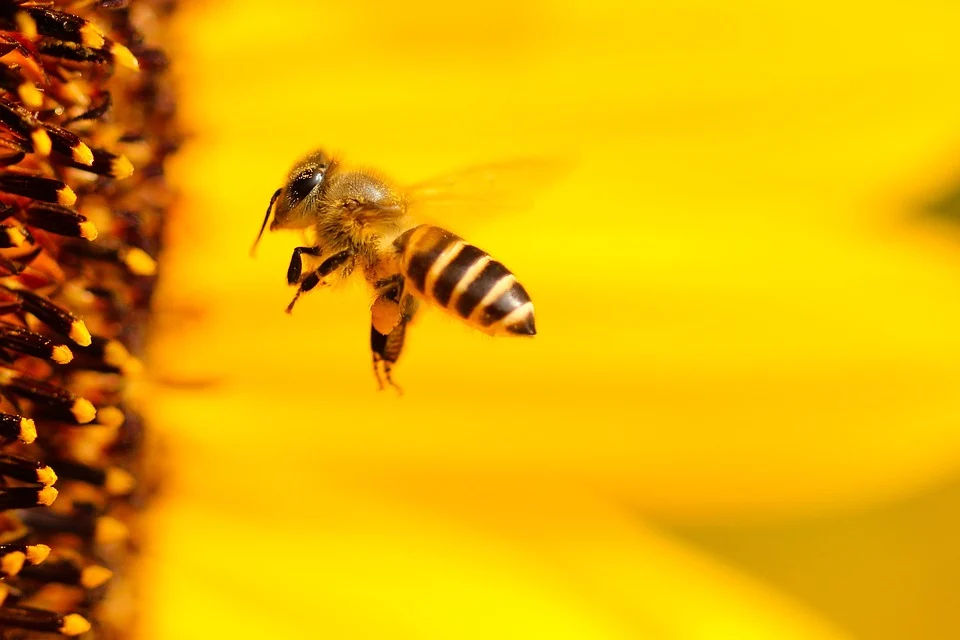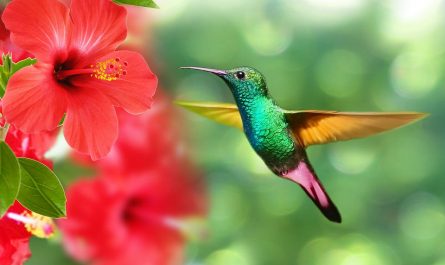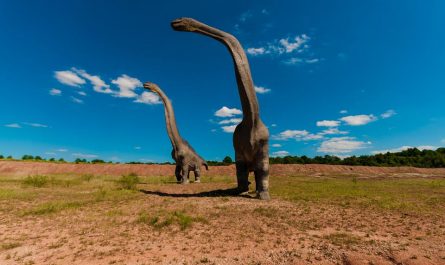With Spring coming and plants and animals emerging from their slumber, it is important to be mindful of just how incredibly valuable pollinators are. What better way to do that than to learn some amazing pollinator facts. They produce much of our food, fibers, oils, raw materials, and medicines, prevent soil erosion, produce oxygen, absorb C02 to counter climate change, keep waterways clean, and provide food and shelter for wildlife. This is all because they enable plants to reproduce. This collection of facts about pollinators is meant to inspire awareness and appreciation for the power of pollinators, as well as an understanding of the dangers they face. This year is the time to plant a pollinator garden and live more pollinator-friendly lifestyles!
Here are 10 fascinating pollinator facts to add to your garden of knowledge:
- Pollinators are responsible for much of what we eat. (source) About 1 out of every 3 bites of food that exists on our planet is thanks to pollinators.
- Insects are the most common pollinators, but many vertebrates help too. (source) Insects such as bees, moths, wasps, butterflies, beetles, and flies are the most abundant pollinators, but an estimated 1,500 species of vertebrates including birds and mammals also act as pollinators. These include perching birds, fruit bats, opossums, lemurs, hummingbirds, and even geckos.
- The chocolate midge is the only pollinator that pollinates the cacao plant. (source) Tiny insects (smaller than the size of pinheads) called chocolate midges are believed to be the only creatures that can fit into the intricate cacao flowers and pollinate them. Wild cacao flowers have over 75 distinct aroma ingredients, drawing in the midges. Cultivated cacao flowers (those found in plantations) only have a few aroma ingredients, making them less appealing to the tiny pollinators.
- Each year, pollinators contribute over $217 billion worth of products to the global economy. (source) Globally, pollinators are responsible for pollinating over 1,200 crops. 87 out of 155 of the leading food crops (about 75%) rely on pollinators to exist. Additionally, the staggering amount they contribute to the global economy is not factoring in the indirect products such as the animal feed like alfalfa for livestock.
- 90% of flowering plant species rely on pollinators to reproduce. (source) Flowering plants rely on pollinators to spread their pollen and seeds so that they can reproduce.
- There would be much less coffee in the world without bees. (source) While Arabica coffee plants are self-pollinating (they pollinate by the high winds of their high-altitude environments), their output increases by 16% when bees are present. On the other hand, Robusta coffee plants are self-sterile and depend entirely on bees to cross-pollinate. Robusta coffee makes up about 40% of the coffee market.
- There is a global decline of pollinators, especially bees. (source) Researchers have found that bumble bees are disappearing at rates “consistent with a mass extinction”. Here are some steps you can take to save the bees. Factors such as pollution, misuse chemicals, habitat destruction, and climate change are contributing factors.
- Without pollinators, much of the food we love and need will be gone. (source) Apples, strawberries, blackberries, raspberries, onions, avocados, green beans, sunflower oil, tomatoes, cucumbers, grapes, cauliflower, beets, chocolate, kiwi, melon, buckwheat, sugarcane, pumpkin, vanilla, tea, and almonds are just a few of the foods that rely on pollinators.
- A single Southeastern Blueberry Bee produce about $75 worth of blueberries in just a few weeks. (source) A single female bee visits about 50,000 blueberry flowers, which can lead to over 6,000 blueberries.
- Some flowers need their pollen to be “buzzed” loose by bumblebees. (source) Bumblebees use their powerful wing muscles to create vibrations that will shake out the pollen grains all over the bee. The bumblebee then grooms itself, mixing it with saliva and storing it in the pollen sacs on its legs.




